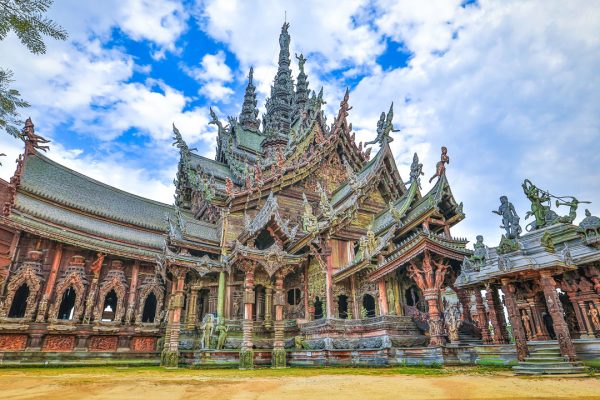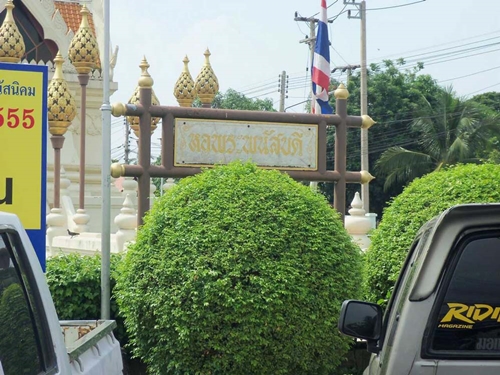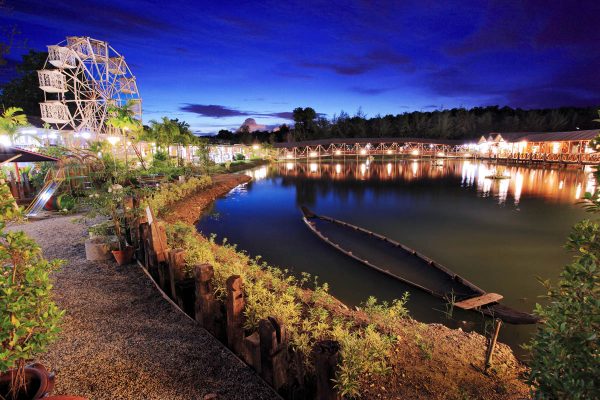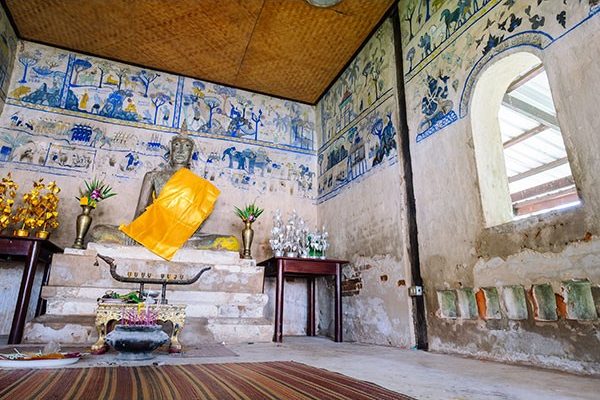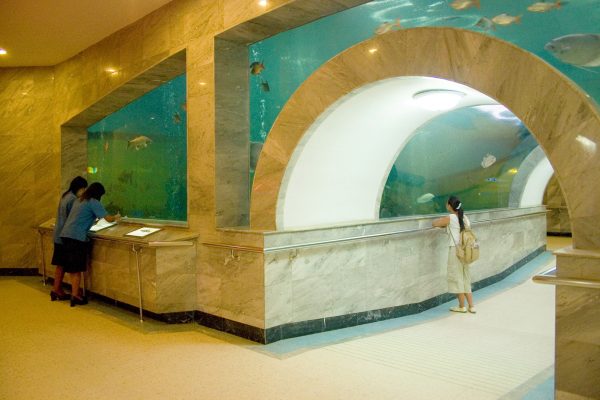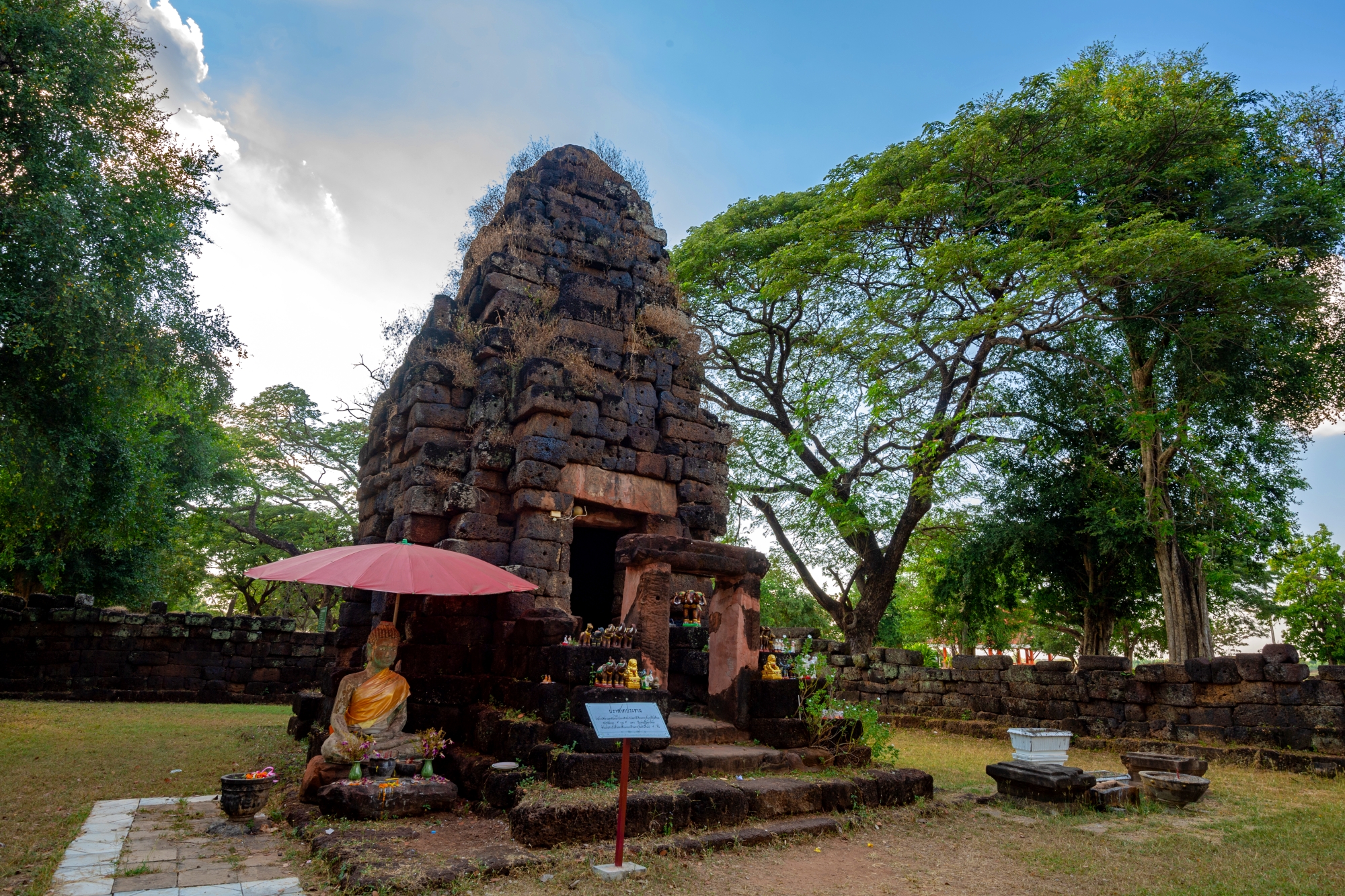
Ku Mahathat (Prang Ku Ban Kwao)
Ku Mahathat or Ku Ban Kwao is a laterite Mahayana Buddhist religious place whose architectural structure resembles other archeological ruins, especially Arokayasala or hospital. During the reign of Khmer king Chaivoraman VII in the 18th century, there were 107 hospitals like this standing around the kingdom. It was the tradition to construct a religious place together with a hospital. The religious places share a fixed building format plan: the Bannalai main castle must be surrounded by cloister, and there must be a pond adjacent to the northeastern corner of the wall.2 lines of Khmer and Sanskrit stone inscription found on the frame of the front balcony can be translated as “please pay homage to the deity in this hermitage.” Judging from the characters, it can be estimated that the inscription might have been made between the 16th and 17th century. Moreover, numerous Buddha images lined with silver were discovered in earthen jars. They shows characteristics of Lan Chang art.Nowadays, Ku Ban Kwao is one of Thailand’s archeological ruins. It was officially declared on the Government Gazette in 1935. Meanwhile it is also considered a place of worship among Ban Kwao residents. The ceremony to pour water onto Ku ban Kwao take place annually on the 15th day of waxing moon of the 5th month. In addition to pouring water and performing meritorious deeds, typically there is a small shopping fair. The ceremony also features entertaining activities, e.g. drum contest, Isan folk singing, tom-tom performance and sky rockets.

